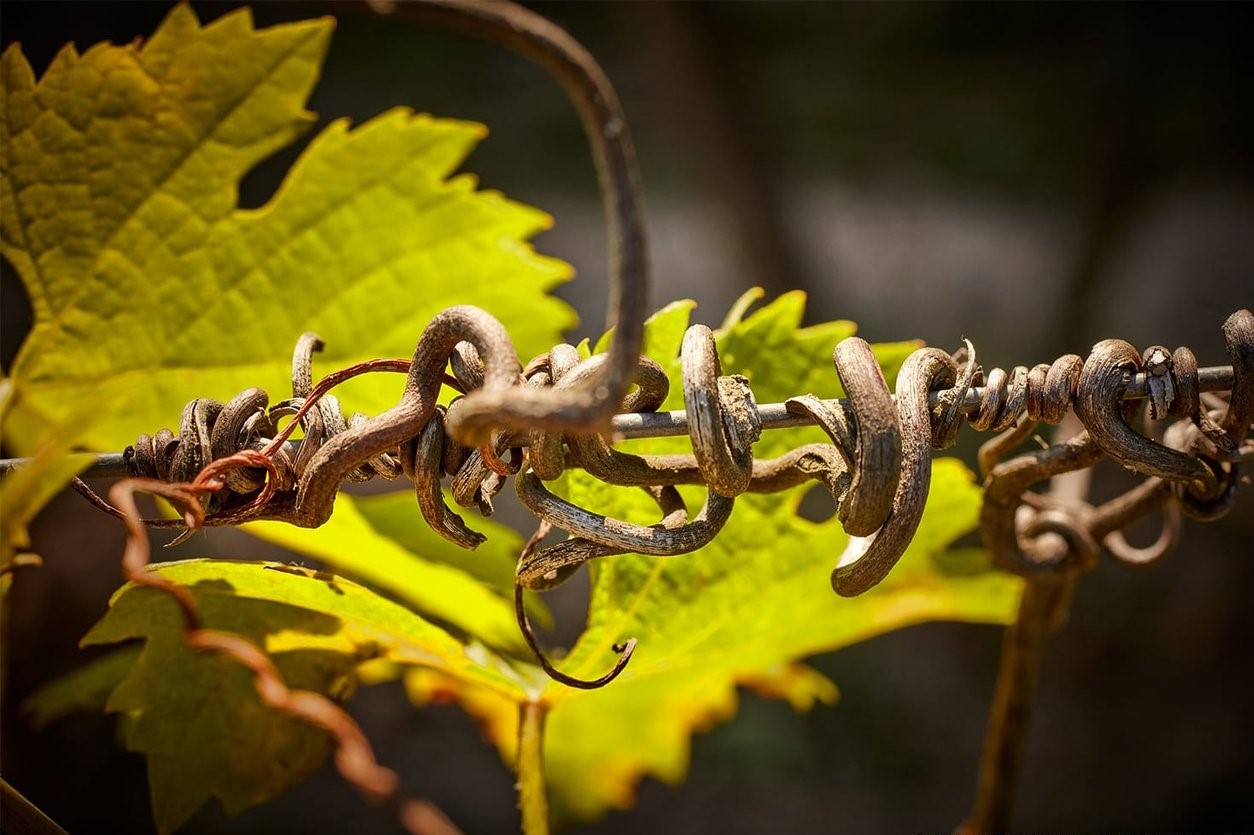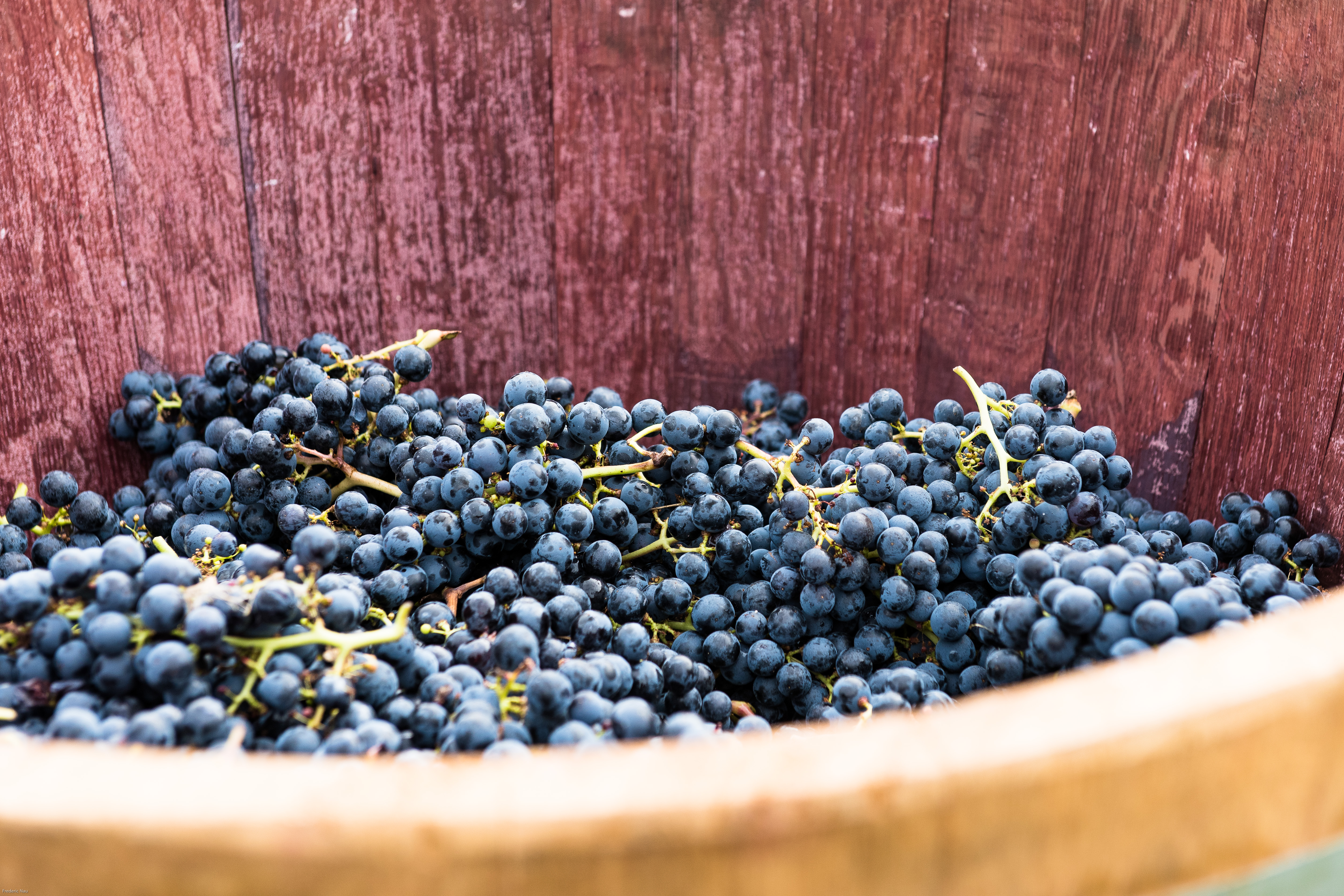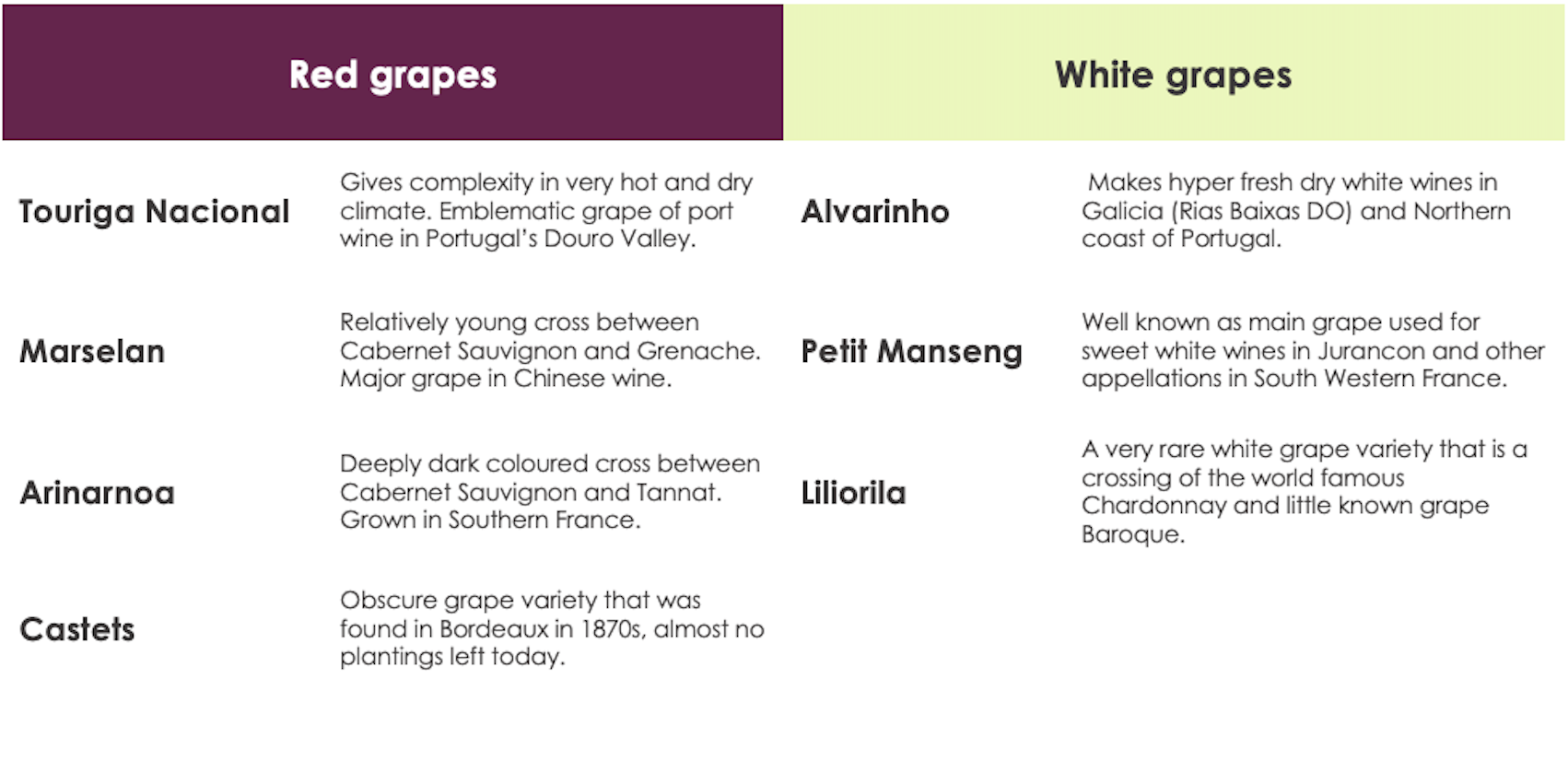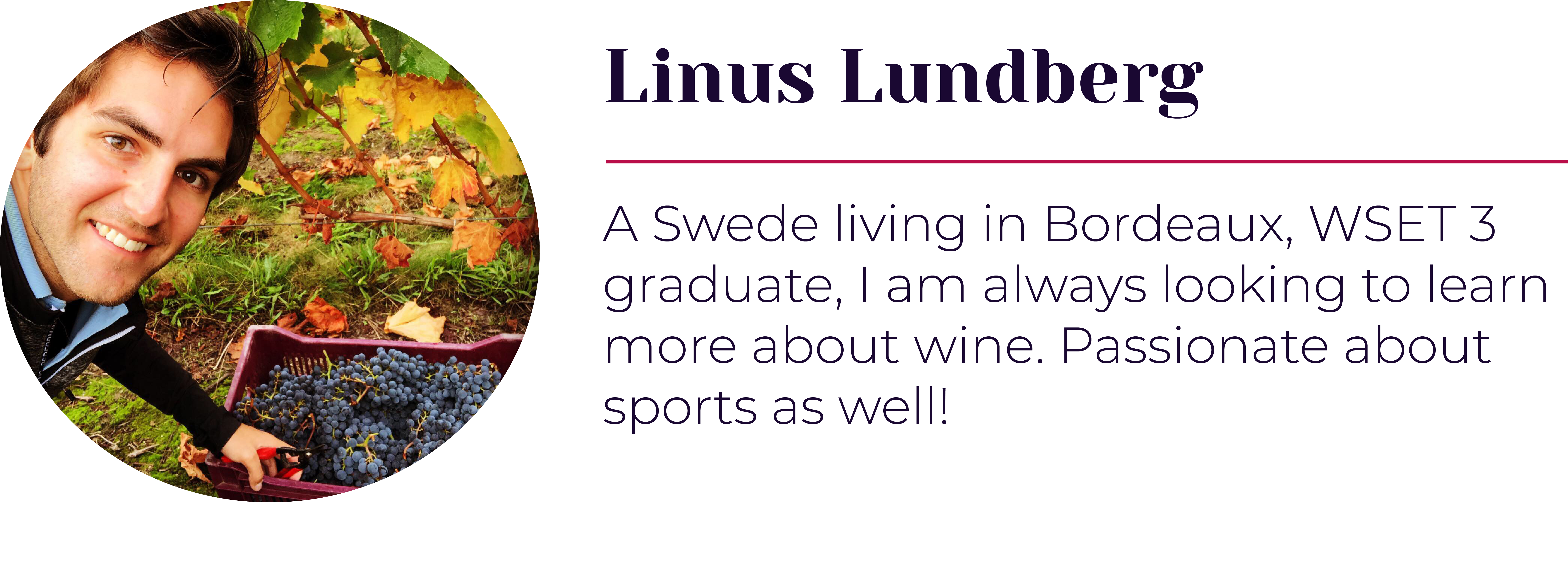Published the 03/04/2020 in Our Selection
Climate change and global warming is arguably the most important question of our time. Scientists believe that global mean temperatures are set to rise between 2 and 5 degrees during this century, if we continue on the path we are on. The last ice age, when large parts of Europe was covered by ice, ended because the temperature rose by around 4 degrees. In Bordeaux, it is on average 2 degrees Celsius warmer today than it was in 1950, according to Météo-France. And the warming up is set to pick up speed.
The warmer temperatures, and as importantly the increasingly extreme weather, with draughts, hail, forest fires, heavy rainfall and storms are major concerns for winegrowers all over the world. Grapes are delicate and the process of making a wine that is consistent year after year extremely sensitive. How are the winemakers in Bordeaux impacted by this? And what are the future outlooks? Let us find out together.

Funny enough, vintners in Bordeaux are not complaining just yet. Because, since year 2000, Bordeaux has seen an unprecedented concentration of "exceptional vintages" and the last years, notably 2015, 2016 and 2018, are great years for Bordeaux wines. 2019 is also extremely promising, with a super-hot and dry summer followed by cooling temperatures and rains just in the nick of time through-out most of the Bordeaux vineyards. The same positive trend is seen in other winegrowing areas such as Champagne, Burgundy, Barolo in Italy and Mosel in Germany. However, the salad days will soon be counted if temperatures continue to soar.
One immediate effect of the hotter and dryer climate is that harvesting takes place earlier and earlier, because the grapes ripen quicker. In Burgundy they have an impressive logbook of harvest times that holds records back to the 1300s. These records show that the harvest dates today in Burgundy are the earliest in the 700 years that they have been keeping track.
Earlier harvesting might be a working remedy at times, but if the ripening is too quick the sugar to acid ratio in the berries will be skewed. This means sweeter berries that will render a wine that is higher in alcohol but with less structure, acidity and freshness.
Particularly head-scratching for winemakers in Bordeaux is how the Merlot grape is impacted. As you may know, Merlot is the most widely planted grape throughout the Bordeaux wine region and usually the main part of the Bordeaux blend. Merlot is a so-called early-ripening grape variety, meaning that it ripens relatively early in the harvest season, compared to for example Cabernet Sauvignon or Petit Verdot. Higher temperatures put Merlot grapes in risk of becoming over-ripe, meaning that the juice will lose its freshness and acidity and instead be overpowered by jammy red fruits.
Bordeaux wines also risk losing their most important asset - the tannins. Tannins give Bordeaux wines their reputed structure and is important for the longevity of the wine. If the growing season is too quick the grapes will struggle to develop a thicker grape skin and stronger colours. A wine with more primary aromas (such as red and black fruit) and less complexity will be the result.
Although not only caused by warming temperatures, the alcohol level in the wines is a hot topic in Bordeaux. The wines coming out of Bordeaux are much more alcoholic than they were a few decades ago. The iconic Château Mouton Rothschild's 1948 vintage contained 10,5% alcohol. Today, 15% is not uncommon. Read Decanter's article to dig deeper into this subject.

Despite a looming climate crisis and worrying weather patterns, everybody working with wine in Bordeaux is on their toes to find solutions. Among the winegrowers and producers a few trends are visible. We have already talked about earlier harvesting and the risk of picking over-ripe fruit with zero tannins and potential for complexity of aromas.
Another measure is a redistribution of grape varieties on the plots around Bordeaux. Petit Verdot, perhaps lesser known to the general public, is being planted more and more. Petit Verdot is found in the Medoc and usually makes up a smaller part of blends. It is a grape variety that is rather small in size and with a thick skin, late ripening, giving it a good resistance to warmer temperatures and increased sunshine.
Minor changes in the vineyards can also be spotted. Like increasing the vegetation (leaves) around the berries to protect them from direct sunshine. Or simply raising the grapes higher off the ground to avoid some of the heat that is reflected from small rocks (often gravel) on the ground.
Lawmakers have started to alter the strict rules revolving the Bordeaux appellation. The governing body in French wine, INAO, has approved seven new grape varieties for use in Bordeaux as a direct response to a changing climate. These grapes can only make up a small part of the blend but is still a remarkable step in a new direction. Here are the new grape varieties:

In Bordeaux we actually have people working 9 to 5 jobs in white lab coats studying grapes under microscopes. Studying the impact of climate change of specific grape varieties is an increasingly important research field. Bordeaux is a hot spot for wine research so if a solution is to be found it is likely to be here.
Climate change is and will continue to be a challenge for winemakers all over the world. How many degrees warmer it will be on the earth's surface in year 2050 remains to be seen. But from what we know now, a glass of 2050 vintage Bordeaux wine might look very different from today's version. Grape varieties, winemaking techniques and tasting characteristics might have evolved into something entirely new in 2050.
It is easy to imagine more heat-resistant grape varieties taking over in Bordeaux. Syrah, Grenache and Mourvedre perhaps, grapes that are successful in the warmer Southern parts of France. Or why not Tempranillo, the Spanish variety that feels at home in the super dry regions of Rioja. Or Nero d'Avola, a powerful red grape that thrives on the southern tip of Europe, in Sicily, with a proven capacity to withstand high temperatures and little rainfall.
In any case, change is upon us and it is hard to see the 2050 vintage being close to what is produced today. Given the speed of climate change. More alternations to the relatively rigid rules that are in place for the Bordeaux appellation would also be to expect. Either in terms of introducing and further promoting new grape varieties or by giving means to counter the damaging effects of a hotter climate on the present grape varieties, such as introducing irrigation (currently prohibited) to counter severe draught.

For more useful information and insights around Bordeaux and Bordeaux wines, and much, much more, sign up for our newsletter below!